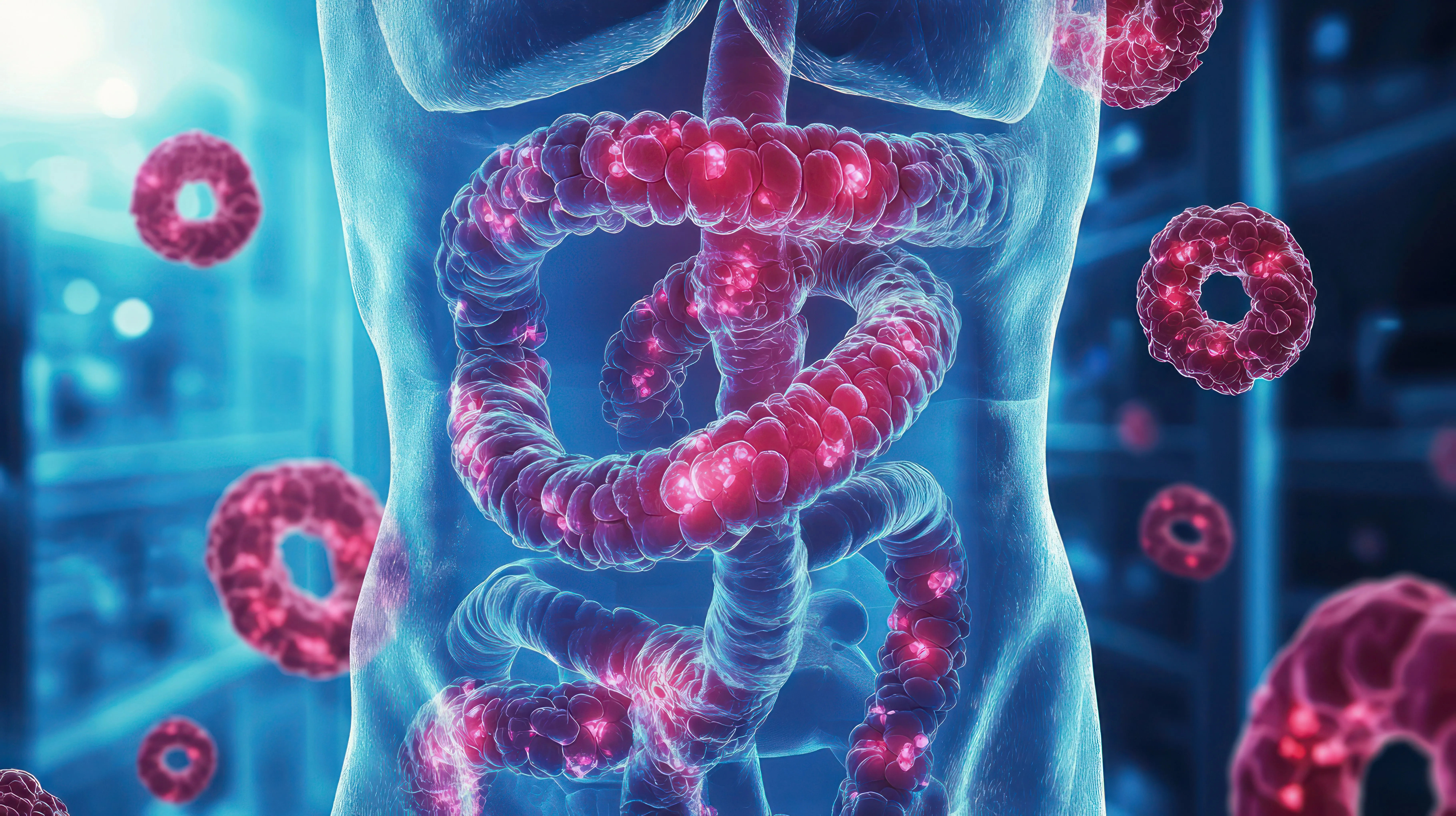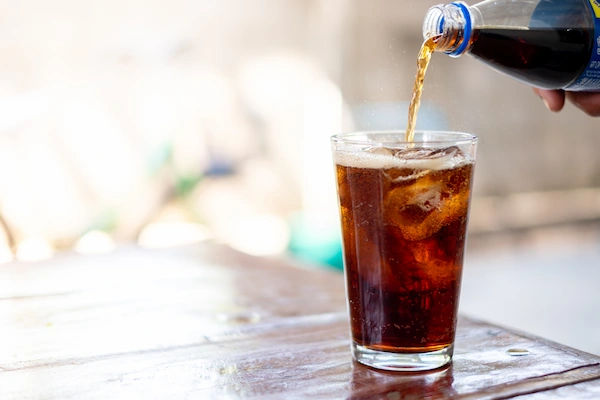Methods of Treating Lipedema: A Comprehensive Guide
Learn about the different treatment options for lipedema, from conservative therapies like compression and exercise to surgical interventions like liposuction.

Written by
Last updated on 3rd Jul, 2025
Introduction
Lipedema is a chronic condition that primarily affects women and is characterised by the abnormal accumulation of fat in the legs, hips, buttocks, and sometimes the arms. This condition is often painful and can significantly impact the quality of life. Despite being relatively common, lipedema is frequently misdiagnosed or overlooked, leading to delayed treatment and worsening symptoms. Understanding the various methods of treating lipedema is essential for managing this condition effectively. In this comprehensive guide, we will explore the different treatment options available, ranging from conservative therapies to surgical interventions.
Understanding Lipedema
Lipedema is a disorder of fat metabolism that results in the disproportionate accumulation of fat in specific areas of the body. Unlike regular fat, lipedema fat is resistant to diet and exercise. The condition often begins during puberty, pregnancy, or menopause, suggesting a hormonal component. Common symptoms of lipedema include:
Symmetrical swelling of the legs and sometimes arms
Pain and tenderness in the affected areas
Easy bruising
Skin changes, such as a dimpled or nodular appearance
Difficulty losing weight despite diet and exercise efforts
The exact cause of lipedema is not well understood, but it is believed to involve a combination of genetic, hormonal, and inflammatory factors.
Conservative Treatments for Lipedema
Conservative treatments focus on managing symptoms and improving quality of life. These non-invasive methods are often the first line of treatment for individuals with lipedema.
Compression Therapy: Compression therapy involves wearing compression garments, such as stockings or sleeves, to apply consistent pressure to the affected areas. This pressure helps reduce swelling, improve lymphatic flow, and provide support to the tissues. Compression garments come in various sizes and compression levels, and a healthcare professional can help determine the most appropriate fit.
Manual Lymphatic Drainage (MLD): Manual lymphatic drainage is a specialised form of massage that encourages the movement of lymph fluid away from swollen areas and towards healthy lymph nodes. MLD can help reduce swelling, alleviate pain, and improve overall lymphatic function. This therapy is typically performed by a trained lymphedema therapist and may be combined with other treatments, such as compression therapy.
Exercise: Regular physical activity is crucial for managing lipedema. Low-impact exercises, such as walking, swimming, and biking, can improve circulation, reduce swelling, and enhance overall fitness. Strength training exercises can also help build muscle mass and support the affected areas. It is important to work with a healthcare professional or physical therapist to develop a safe and effective exercise routine.
Healthy Diet: While diet alone cannot cure lipedema, maintaining a balanced diet can help manage weight and reduce inflammation. A diet rich in fruits, vegetables, lean proteins, and healthy fats can support overall health. It is also important to avoid processed foods, sugary drinks, and excessive salt intake, as these can contribute to inflammation and fluid retention.
Skin Care: Proper skin care is essential for preventing infections and maintaining skin integrity. Individuals with lipedema should regularly moisturise their skin and keep it clean and dry. Avoiding harsh soaps and using gentle cleansers can help protect the skin’s natural barrier.
Minimally Invasive and Surgical Treatments
For individuals who do not respond to conservative treatments or have more advanced lipedema, minimally invasive treatments or surgical interventions may be necessary.
Liposuction: Liposuction is a surgical procedure that involves the removal of excess fat from the affected areas. For individuals with lipedema, tumescent liposuction and water-jet-assisted liposuction are often preferred. These techniques are less likely to damage lymphatic vessels and can provide long-lasting results. Liposuction can help reduce pain, improve mobility, and enhance the appearance of the affected areas.
Laser Therapy: Laser therapy, such as laser lipolysis, uses targeted laser energy to break down fat cells. This minimally invasive procedure can help reduce the volume of lipedema fat and improve skin texture. While laser therapy is not a replacement for liposuction, it can be an effective adjunct treatment for managing lipedema.
Radiofrequency Therapy: Radiofrequency therapy uses radiofrequency energy to heat and break down fat cells. This non-surgical treatment can help reduce the volume of lipedema fat and improve skin tightness. Radiofrequency therapy is typically performed as an outpatient procedure and requires little to no downtime.
Surgical Debulking: Surgical debulking is a procedure that involves the removal of large amounts of excess tissue. This treatment is typically reserved for individuals with significant functional impairment or severe pain. Surgical debulking can help improve mobility, reduce pain, and enhance the appearance of the affected areas.
Additional Therapies
In addition to the primary treatments mentioned above, several adjunct therapies can help manage lipedema and improve quality of life.
Medication: While there are no specific medications for lipedema, certain drugs can help manage symptoms. Pain relievers and anti-inflammatory medications can help reduce pain and inflammation. In some cases, diuretics may be prescribed to help reduce fluid retention, although they are generally not recommended for long-term use.
Psychotherapy: Living with a chronic condition like lipedema can be emotionally challenging. Psychotherapy or counselling can help individuals cope with the emotional and psychological aspects of the condition. Support groups and online communities can also provide valuable support and information.
Elevation: Elevating the affected limbs can help reduce swelling by promoting fluid drainage. Elevating the legs above heart level for short periods throughout the day can be beneficial.
Bariatric Surgery: For individuals with lipedema and obesity, bariatric surgery may be considered to achieve significant weight loss. While bariatric surgery does not cure lipedema, it can help reduce the burden on the affected limbs and improve overall health.
Nutritional Counseling: Working with a registered dietitian or nutritionist can help individuals with lipedema develop a personalised nutrition plan. Nutritional counselling can provide guidance on maintaining a balanced diet, managing weight, and reducing inflammation.
Emerging Treatments and Research
New treatments for lipedema are being actively researched to improve management and quality of life for those affected by this condition. Here are some of the latest methods being explored:
Cryolipolysis (CoolSculpting): This non-invasive procedure uses controlled cooling to freeze and destroy fat cells. It's often used for cosmetic fat reduction, but it might also help people with lipedema by targeting abnormal fat deposits.
Stem Cell Therapy: Stem cell therapy involves using stem cells to help repair and regenerate tissues. This treatment aims to improve the condition by promoting healing and reducing abnormal fat accumulation.
Shockwave Therapy: This treatment uses high-energy sound waves to stimulate blood flow and reduce inflammation. It may help improve symptoms of lipedema by enhancing circulation and reducing pain and swelling.
Conclusion
Lipedema is a complex and often misunderstood condition that requires a multifaceted approach to treatment. While there is no cure for lipedema, a combination of conservative, minimally invasive, and surgical treatments can help manage symptoms and improve quality of life. Early diagnosis and intervention are key to preventing the progression of the condition and minimising its impact. By working closely with healthcare professionals, individuals with lipedema can take proactive steps to manage their condition and enhance their well-being.
Consult Top Dieticians
Consult Top Dieticians

Mr. Anke Raveendra
Dietician
11 Years • MSC (Food Sciences Nutrition and Dietetics), Trained in Diabetes Education
Kurnool
Medicover Hospitals, Kurnool

Ms. Merlin Annie Raj
Dietician
13 Years • M.sc Clinical nutrition and dietetics, RD
Hyderabad
Merlin Clinics, Hyderabad
(25+ Patients)

Ms. Sreeparna Dey Dhara Deb
Dietician
10 Years • DNHE
Bansdroni
Siddhita Healthcare., Bansdroni

Ms. Soma Saha
clinical nutrition
17 Years • B.Sc. - Home Science (Food & Nutrition), M.Sc. - Home Science (Food & Nutrition)
Kolkata
Dr Utsa Basu Clinic, Kolkata
(50+ Patients)

Ms. Sushma Jaiswal
Dietician
42 Years • M.Sc.(Food & Nutrition)
Bengaluru
Swasthya Nutrition, Bengaluru



